### Luxury Furniture Interior Design: MidCentury Modern and Danish Modern Explained Midcentury modern and Danish modern are often used interchangeably, yet each has distinct qualities that set them apart. Understanding their similarities and differences allows us to appreciate their unique contributions to design history, particularly during the golden age of Scandinavian furniture design. #### Origins and Overlap Midcentury modern emerged as a design movement in the postWorld War II era, emphasizing simplicity, functionality, and harmony with nature. It became a dominant force in the 1950s through the 1960s, shaping furniture, architecture, and interior design globally. Meanwhile, Danish modern, a subset of midcentury modern, was a hallmark of this period, showcasing Denmarks commitment to superior craftsmanship, minimalist aesthetics, and innovative use of materials. These movements gained prominence as Europe and the US embraced modern living and sought affordable, functional furniture that fit smaller, efficient spaces. #### Key Characteristics of MidCentury Modern Design Midcentury modern design is celebrated for its: Clean Lines: Furniture prioritises sleek, unembellished forms. Natural Materials: A mix of wood particularly teak, leather, and innovative materials like moulded plastic and steel. Functionality: Designs focus on practical, multipurpose solutions. Organic Forms: Natureinspired shapes and asymmetry bring warmth and softness. Muted Palettes with Pops of Colour: Earthy tones like brown, cream, and green are accented by bold colours like mustard, teal, and burnt orange. #### The Golden Age of Danish Modern The 1950s and 1960s were a defining period for Danish modern design. Legendary designers such as Hans Wegner, Arne Jacobsen, Finn Juhl, and Brge Mogensen created furniture that blended elegance with practicality, earning international acclaim. Landmark Pieces: Hans Wegners Wishbone Chair: A masterpiece of organic design, combining steambent wood and a woven seat. Arne Jacobsens Egg Chair: A sculptural, futuristic design that became an icon of innovation. Finn Juhls Chieftain Chair: Celebrated for its artistic, organic curves. Brge Mogensens Spanish Chair: A utilitarian yet luxurious chair emphasising solid wood and leather. These designs not only defined Danish modern but also exemplified the broader midcentury ethos of balancing beauty and utility. Highprofile commissions, such as Arne Jacobsens work for the Radisson Blu Royal Hotel in Copenhagen and St. Catherines College in Oxford, demonstrated the integration of architecture, interiors, and furniture into cohesive modern spaces. #### Differences Between MidCentury Modern and Danish Modern While Danish modern is a part of the broader midcentury modern movement, it has distinct qualities: Craftsmanship Focus: Danish modern leans heavily on traditional craftsmanship, emphasising solid wood and handfinished details. Midcentury modern embraces more industrial production techniques. Materials: Danish modern often uses natural wood, particularly teak, oak, and beech, as a central element. Midcentury modern may incorporate more experimental materials like fibreglass or moulded plastic. Subtle Elegance: Danish modern designs are understated and timeless, often favouring functionality over bold visual statements. Midcentury modern embraces occasional dramatic forms and colourful accents. #### Achieving the MidCentury ModernDanish Modern Look To bring these styles into your home: Start with a Neutral Base: White, beige, or soft grey walls create a clean canvas. Choose Authentic Furniture: Invest in iconic pieces from heritage brands like Fredericia, House of Finn Juhl, and Gubi. Incorporate Natural Materials: Wood, leather, and wool lend authenticity and warmth. Focus on Functionality: Opt for practical, multipurpose designs. Add Organic Shapes: Select furniture with curved lines or asymmetry. Layer Lighting: Combine pendant, floor, and table lamps for a cosy ambience. Examples of Furniture to Achieve the Look: Sofas: Fredericias Mogensen Sofa: Clean lines and exceptional craftsmanship. House of Finn Juhls Baker Sofa: Elegant simplicity with artistic flair. Chairs: Hans Wegners Wishbone Chair: A dining room essential with timeless appeal. Finn Juhls Chieftain Chair: A bold statement piece that doubles as art. Dining Tables: Brge Mogensens C18 Shaker Table: Practical and elegant, embodying the less is more ethos. Finn Juhls Silver ### Mid-Century Modern vs. Danish Modern: A Cohesive Discussion Mid-Century Modern and Danish Modern are often used interchangeably, yet each has distinct qualities that set it apart. Understanding their similarities and differences allows us to appreciate their unique contributions to design history, particularly during the golden age of Scandinavian furniture design. — ### Origins and Overlap **Mid-Century Modern** emerged as a design movement in the post-World War II era, emphasizing simplicity, functionality, and harmony with nature. It became a dominant force in the 1940s through the 1960s, shaping furniture, architecture, and interior design globally. Meanwhile, **Danish Modern**, a subset of Mid-Century Modern, was a hallmark of this period, showcasing Denmark’s commitment to superior craftsmanship, minimalist aesthetics, and innovative use of materials. These movements gained prominence as Europe and the U.S. embraced modern living and sought affordable, functional furniture that fit smaller, efficient spaces. — ### Key Characteristics of Mid-Century Modern Design Mid-Century Modern design is celebrated for its: – **Clean Lines:** Furniture prioritizes sleek, unembellished forms. – **Natural Materials:** A mix of wood (particularly teak), leather, and innovative materials like molded plastic and steel. – **Functionality:** Designs focus on practical, multipurpose solutions. – **Organic Forms:** Nature-inspired shapes and asymmetry bring warmth and softness. – **Muted Palettes with Pops of Color:** Earthy tones like brown, cream, and green are accented by bold colors like mustard, teal, and burnt orange. — ### The Golden Age of Danish Modern The **1950s and 1960s** were a defining period for Danish Modern design. Legendary designers such as **Hans Wegner, Arne Jacobsen, Finn Juhl, and Børge Mogensen** created furniture that blended elegance with practicality, earning international acclaim. #### Landmark Pieces: – **Hans Wegner’s Wishbone Chair (1949):** A masterpiece of organic design, combining steam-bent wood and a woven seat. – **Arne Jacobsen’s Egg Chair (1958):** A sculptural, futuristic design that became an icon of innovation. – **Finn Juhl’s Chieftain Chair (1949):** Celebrated for its artistic, organic curves. – **Børge Mogensen’s Spanish Chair (1958):** A utilitarian yet luxurious chair emphasizing solid wood and leather. These designs not only defined Danish Modern but also exemplified the broader Mid-Century ethos of balancing beauty and utility. High-profile commissions, such as Arne Jacobsen’s work for the **Radisson Blu Royal Hotel in Copenhagen (1960)** and **St. Catherine’s College in Oxford (1962)**, demonstrated the integration of architecture, interiors, and furniture into cohesive, modern spaces. — ### Differences Between Mid-Century Modern and Danish Modern While Danish Modern is a part of the broader Mid-Century Modern movement, it has distinct qualities: 1. **Craftsmanship Focus:** Danish Modern leans heavily on traditional craftsmanship, emphasizing solid wood and hand-finished details. Mid-Century Modern embraces more industrial production techniques. 2. **Materials:** Danish Modern often uses natural wood (particularly teak, oak, and beech) as a central element, while Mid-Century Modern may incorporate more experimental materials like fiberglass or molded plastic. 3. **Subtle Elegance:** Danish Modern designs are understated and timeless, often favoring functionality over bold visual statements. Mid-Century Modern embraces occasional dramatic forms and colorful accents. — ### Achieving the Mid-Century Modern/Danish Modern Look To bring these styles into your home: 1. **Start with a Neutral Base:** White, beige, or soft gray walls create a clean canvas. 2. **Choose Authentic Furniture:** Invest in iconic pieces from heritage brands like Fredericia, House of Finn Juhl, and Gubi. 3. **Incorporate Natural Materials:** Wood, leather, and wool lend authenticity and warmth. 4. **Focus on Functionality:** Opt for practical, multipurpose designs. 5. **Add Organic Shapes:** Select furniture with curved lines or asymmetry. 6. **Layer Lighting:** Combine pendant, floor, and table lamps for a cozy ambiance. — ### Examples of Furniture to Achieve the Look #### Sofas – **Fredericia’s Mogensen 2213 Sofa:** Clean lines and exceptional craftsmanship. – **House of Finn Juhl’s Baker Sofa:** Elegant simplicity with artistic flair. #### Chairs – **Hans Wegner’s Wishbone Chair:** A dining room essential with timeless appeal. – **Finn Juhl’s Chieftain Chair:** A bold statement piece that doubles as art. #### Dining Tables – **Børge Mogensen’s C18 Shaker Table:** Practical and elegant, embodying the “less is more” ethos. – **Finn Juhl’s Silver Table:** A sculptural centerpiece with sterling silver inlays. — ### Why These Styles Endure Both Mid-Century Modern and Danish Modern remain highly desirable because they offer more than just aesthetics: – **Timeless Appeal:** Their simplicity ensures they never look dated. – **Functionality:** Designs suit contemporary lifestyles, from small apartments to expansive homes. – **Quality:** Authentic pieces from renowned brands are built to last generations, aging beautifully. Incorporating these styles isn’t just about following trends—it’s about investing in quality. Opting for heritage brands like **Fredericia, House of Finn Juhl, Gubi,** and **Naver** ensures authenticity and detail that cheaper imitations cannot replicate. By adopting the principle of “buy better, buy less,” you can curate a space that grows with you, blending elegance, comfort, and durability. Ultimately, Mid-Century Modern and Danish Modern are more than styles—they’re philosophies that prioritize beauty, simplicity, and living with intention. At our Singapore showroom, this philosophy is at the heart of everything we do. We showcase a thoughtfully selected range of Mid-Century Modern and Danish Modern pieces, as well as options that fuse the best of both worlds. Whether you’re drawn to the clean lines and organic forms of Mid-Century design or the understated craftsmanship of Danish Modern, we’re here to help you create a home that reflects your style and values. If you’re moving to a new home or looking to change up your existing space we can guide you toward key, iconic pieces—ones that bring lasting elegance and functionality into your home. Whether it’s a Hans Wegner Wishbone Chair, a Finn Juhl Chieftain Chair, or a Fredericia Mogensen 2213 sofa, these designs will never go out of style and will only become more beautiful with time. Building a home with intention is a journey, and it’s one we’d love to help you with. Whether you’re creating a fully Mid-Century look, leaning into Danish Modern, or blending the two, we’re here to help you make thoughtful choices that you’ll love for decades to come.
- SOFA
- LIVING ROOM
- DINING ROOM
- OUTDOOR FURNITURE
- BEDROOM FURNITURE
- LIGHTING
- STORAGE
- OFFICE FURNITURE
- PET FURNITURE
- SALE
- PROMO
SOFA
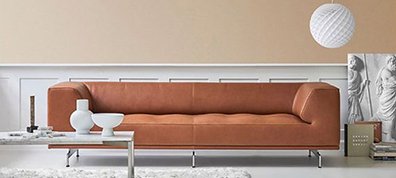
View All Sofas
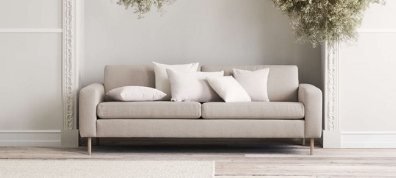
2 Seater Sofas
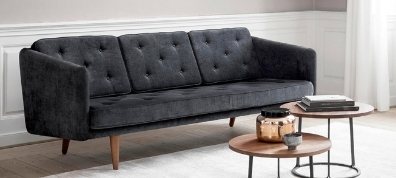
3 Seater Sofas
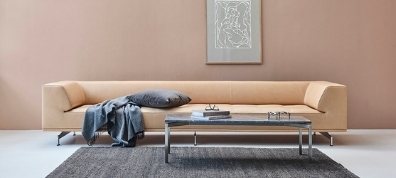
4 Seater & Above
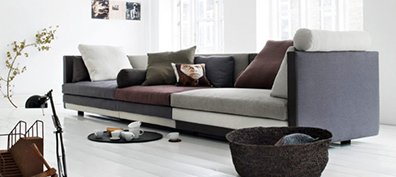
Sectional Sofa
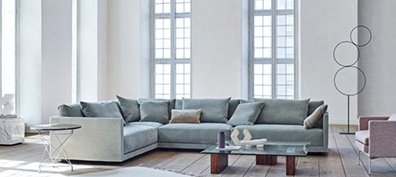
L-shaped Sofa
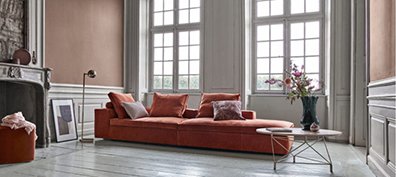
Sofa with Open Ends
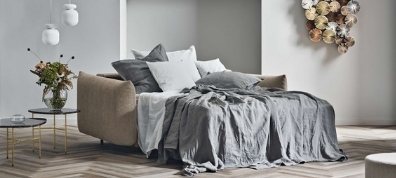
Sofa Beds
LIVING ROOM
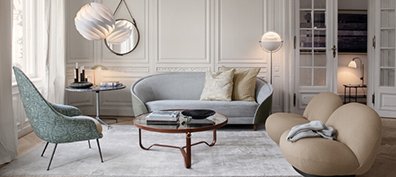
View All Living Room
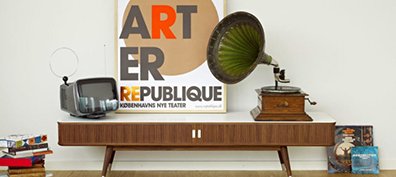
TV Consoles
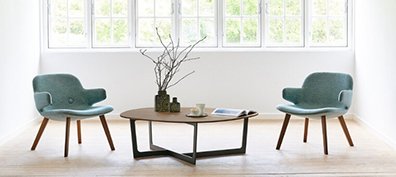
Coffee & Side Tables
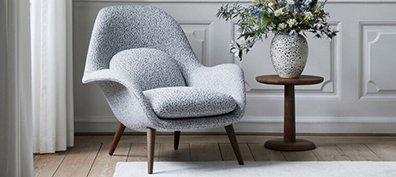
Lounge Chairs
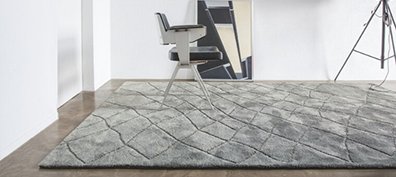
Rugs
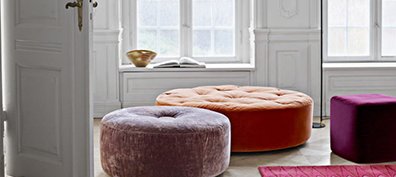
Ottomans
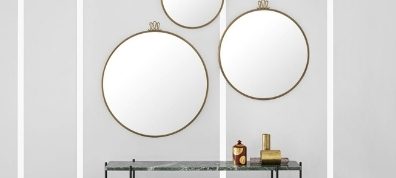
Mirrors
DINING ROOM
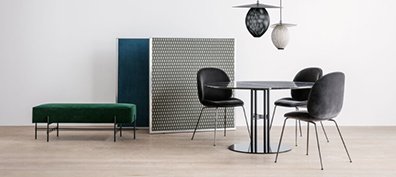
View All Dining Room
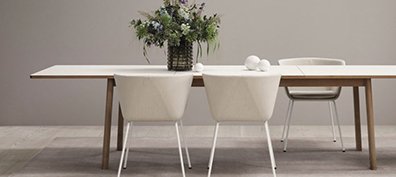
Dining Tables
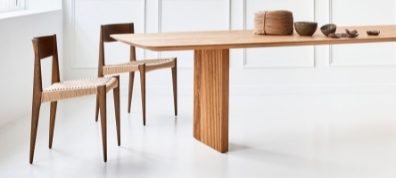
Dining Chairs
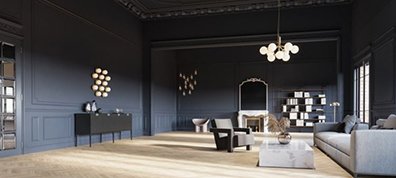
Pendant Lamps
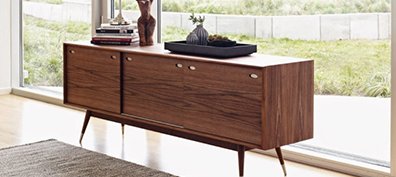
Sideboards
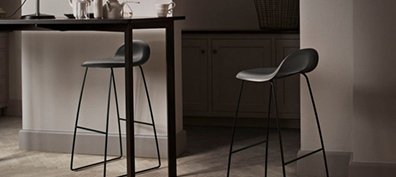
Bar Furniture
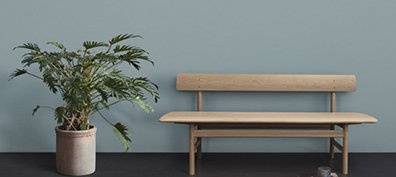
Benches and Stools

Rugs

Mirrors
OUTDOOR FURNITURE
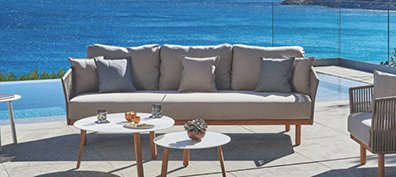
View All Outdoor Furniture
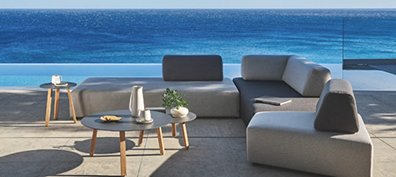
Outdoor Sofas
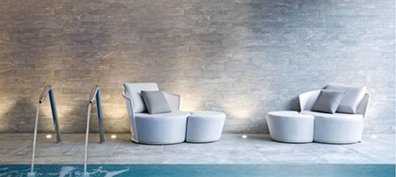
Outdoor Lounge Chairs
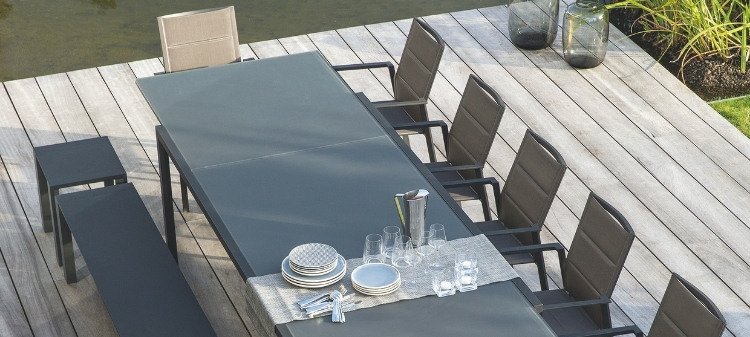
Outdoor Dining Chairs
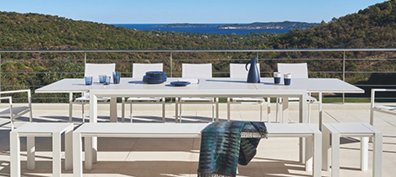
Outdoor Dining Tables
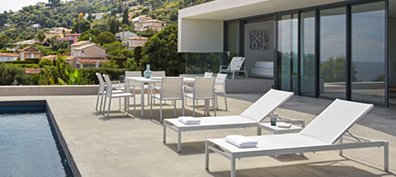
Outdoor Loungers
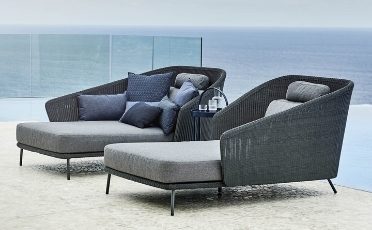
Outdoor Daybeds
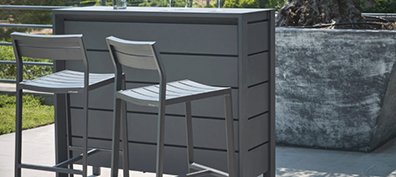
Outdoor Bar Furniture

Outdoor Coffee & Side Tables
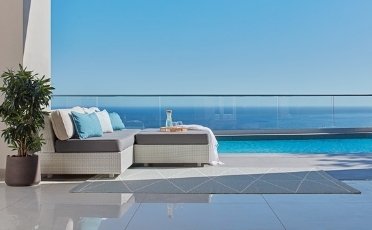
Outdoor Rugs
BEDROOM FURNITURE
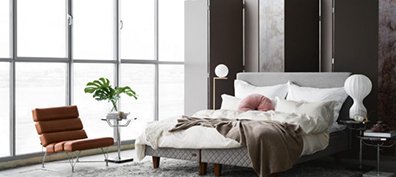
View All Bedroom Furniture
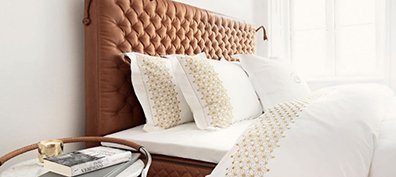
Beds
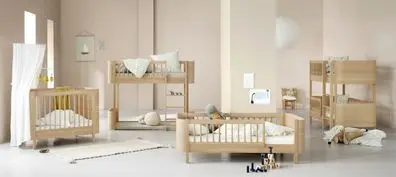
Kids Beds
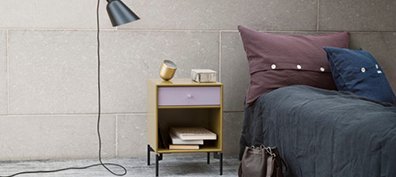
Nightstands
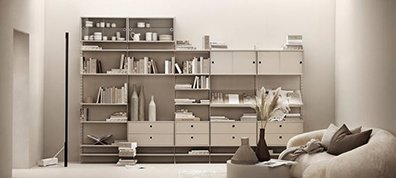
Storage
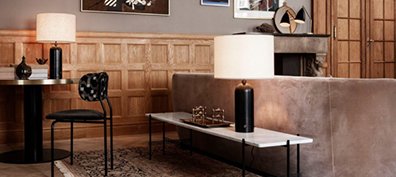
Table Lamps
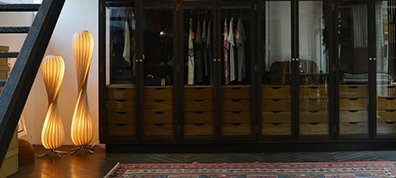
Floor Lamps

Rugs

Mirrors
STORAGE

View All Storage

Sideboards

TV Consoles
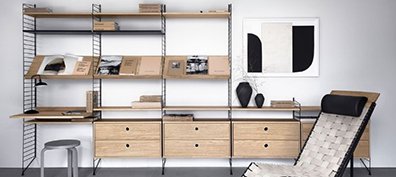
Shelves & Bookcases
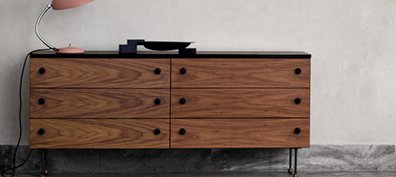
Dressers

Nightstands
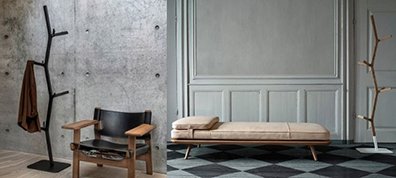
Clothes Stands
OFFICE FURNITURE
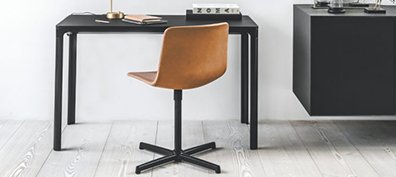
View All Office Furniture
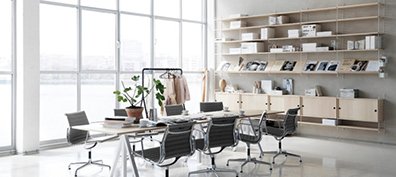
Height Adjustable Desks
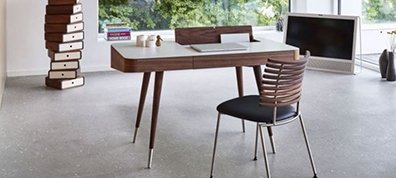
Desks

Office Chairs

Table Lamps

Shelves & Bookcases
PET FURNITURE

View All Pet Furniture

Dog Beds
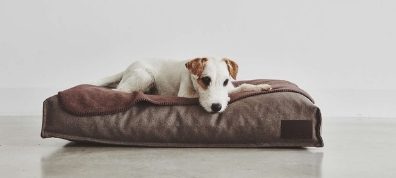
Dog Cushions

Dog Blankets
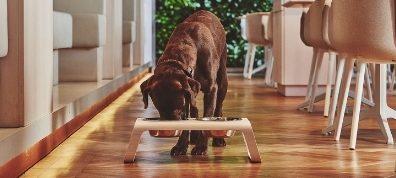
Dog Bowls and Feeders

Dog Toys
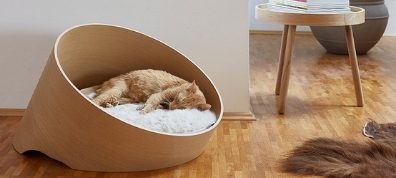
Cat Beds
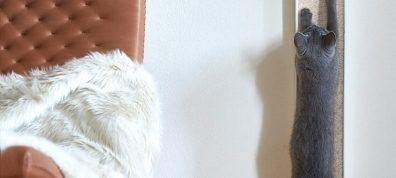
Cat Blankets

Cat Bowls and Feeders

Cat Toys
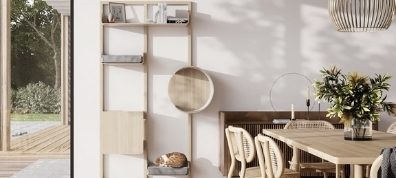
Cat Tower and Shelf
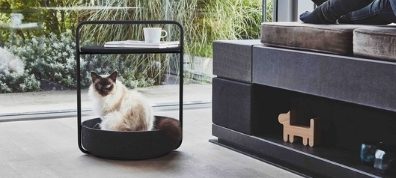
Cat Side Table
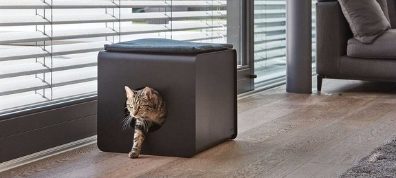
Cat Litter Box
SALE

Sale
PROMO
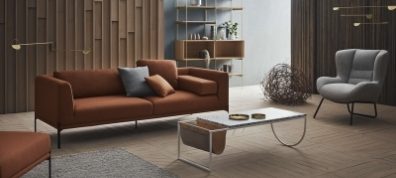
Promo
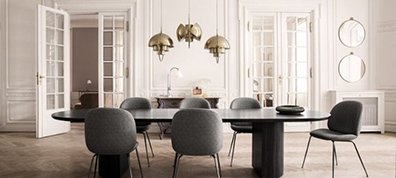
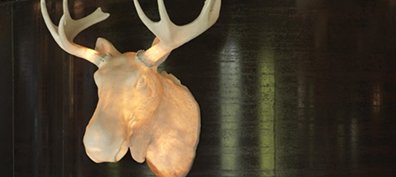
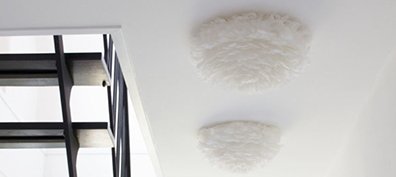


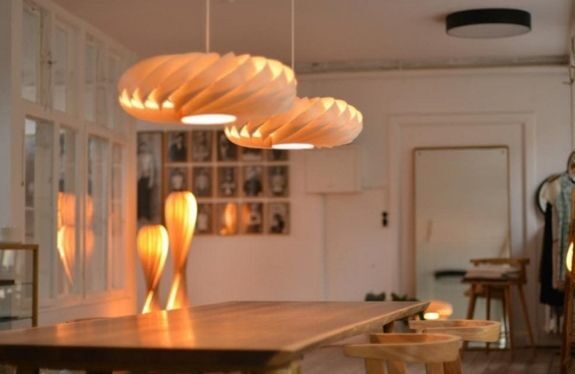
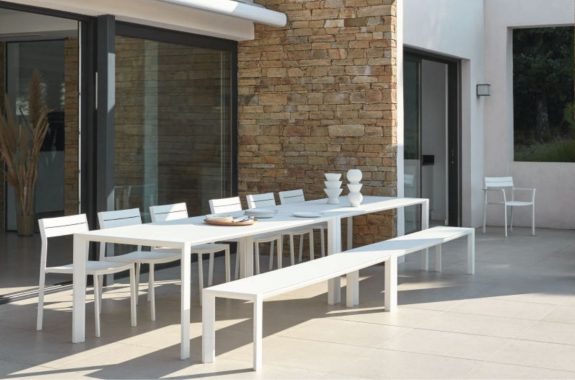
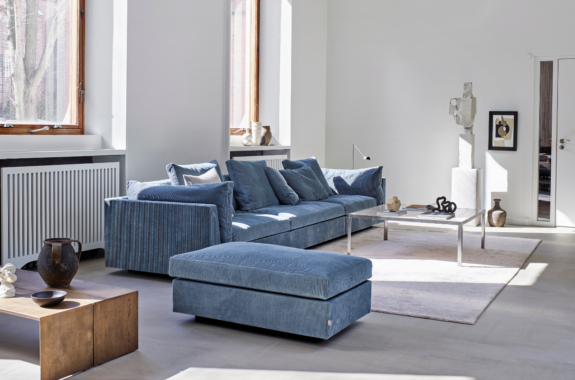
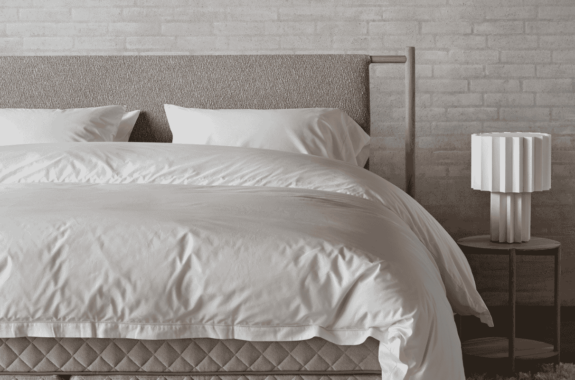
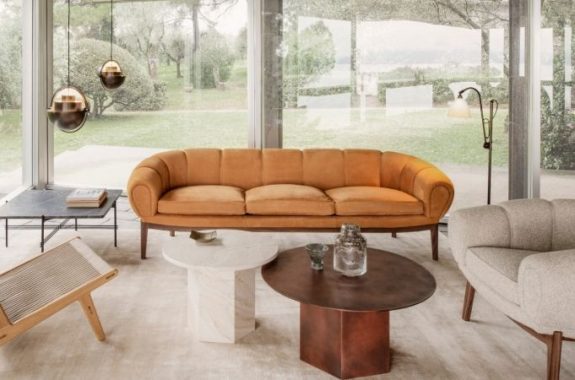
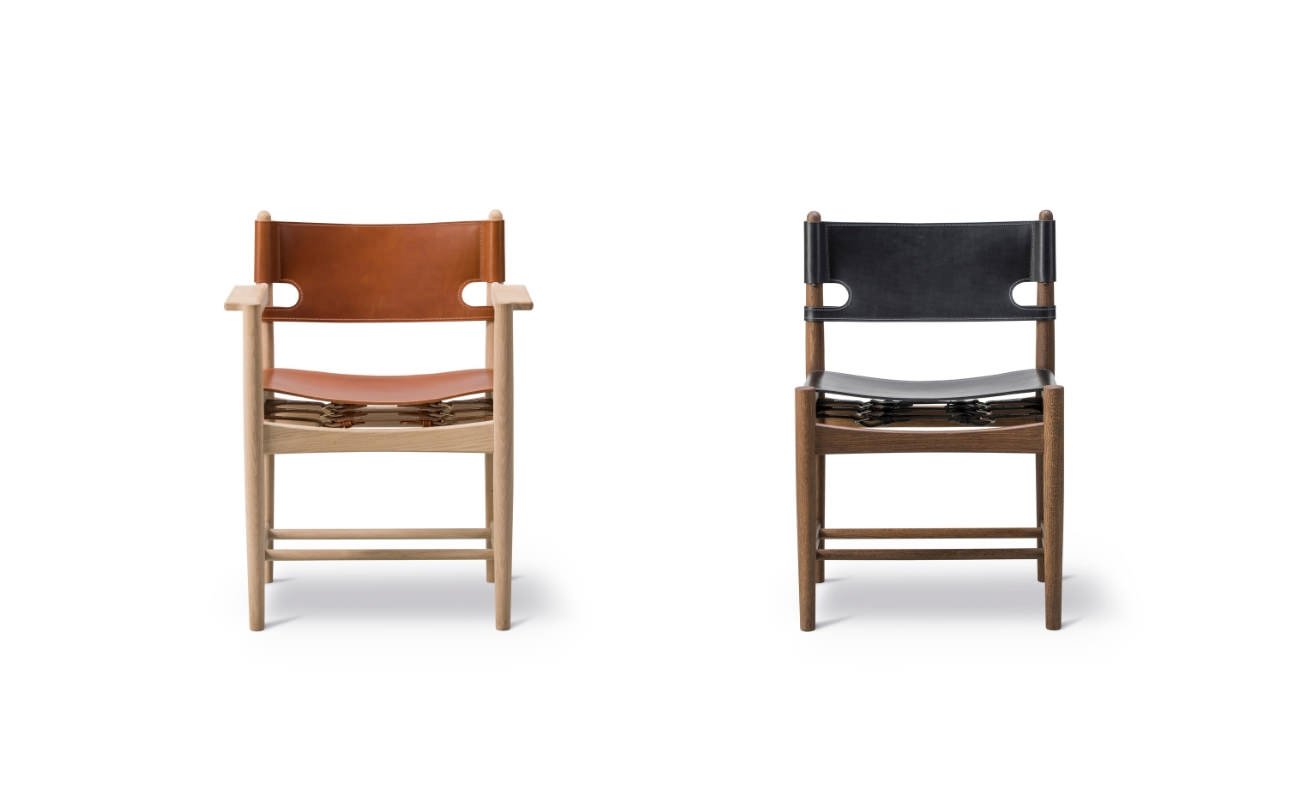

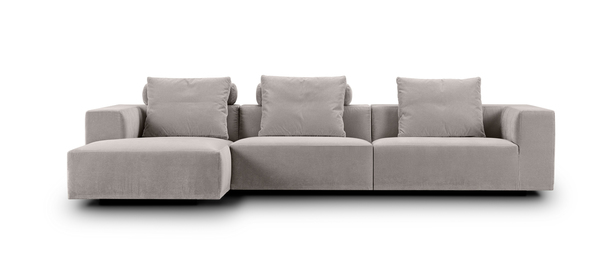


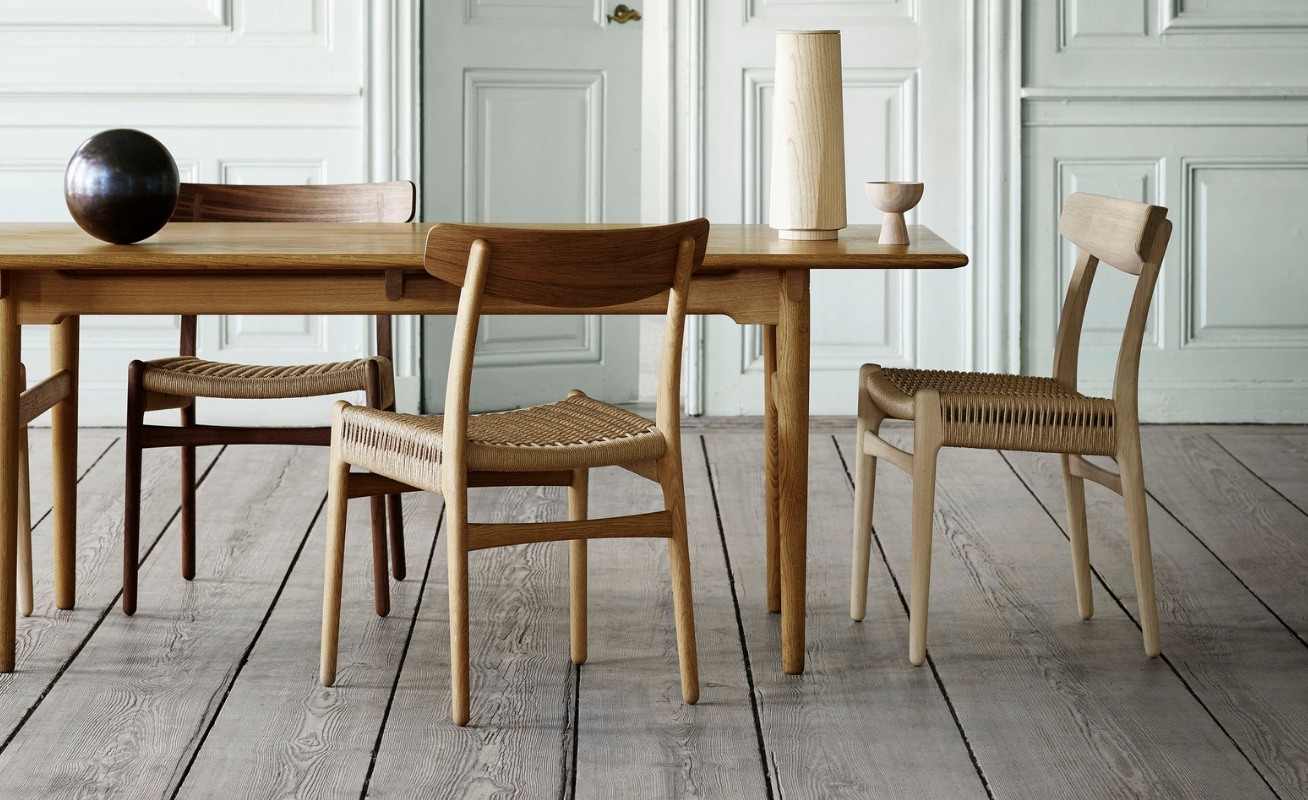
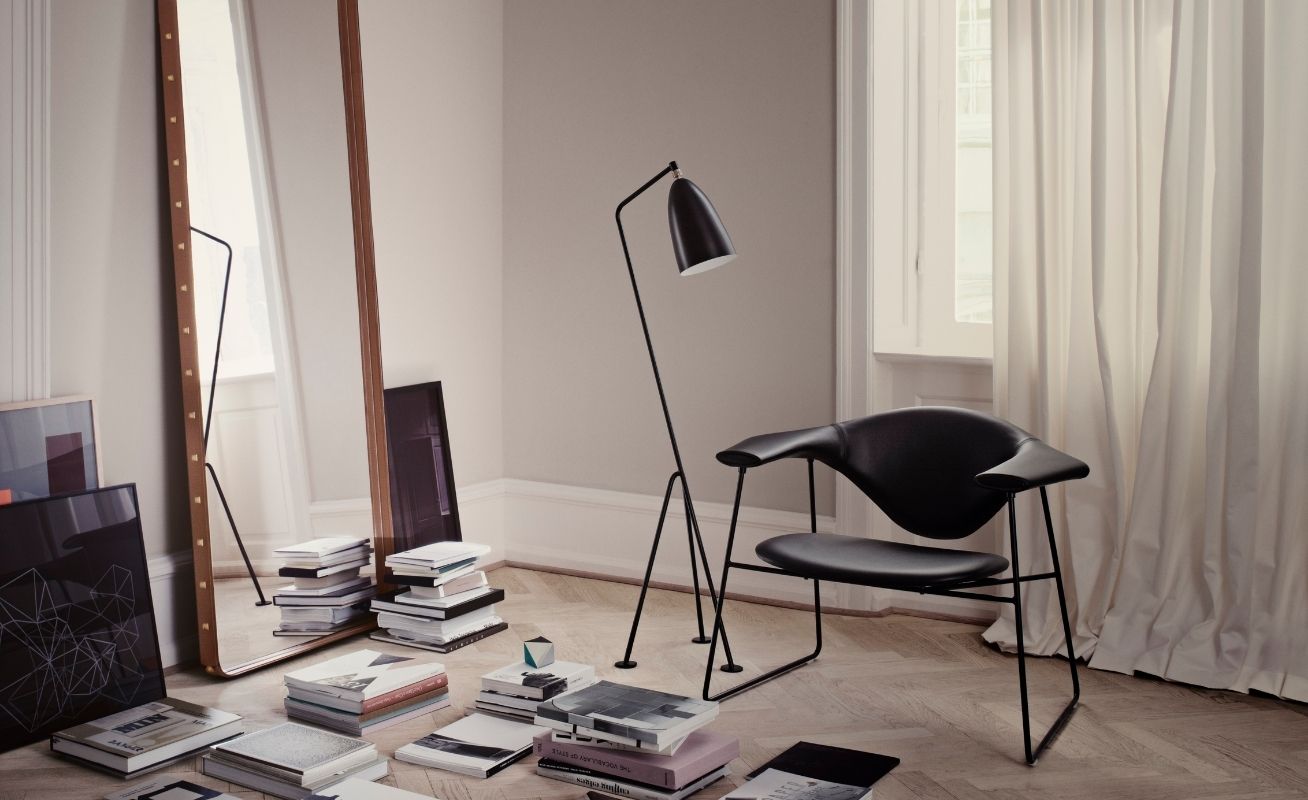
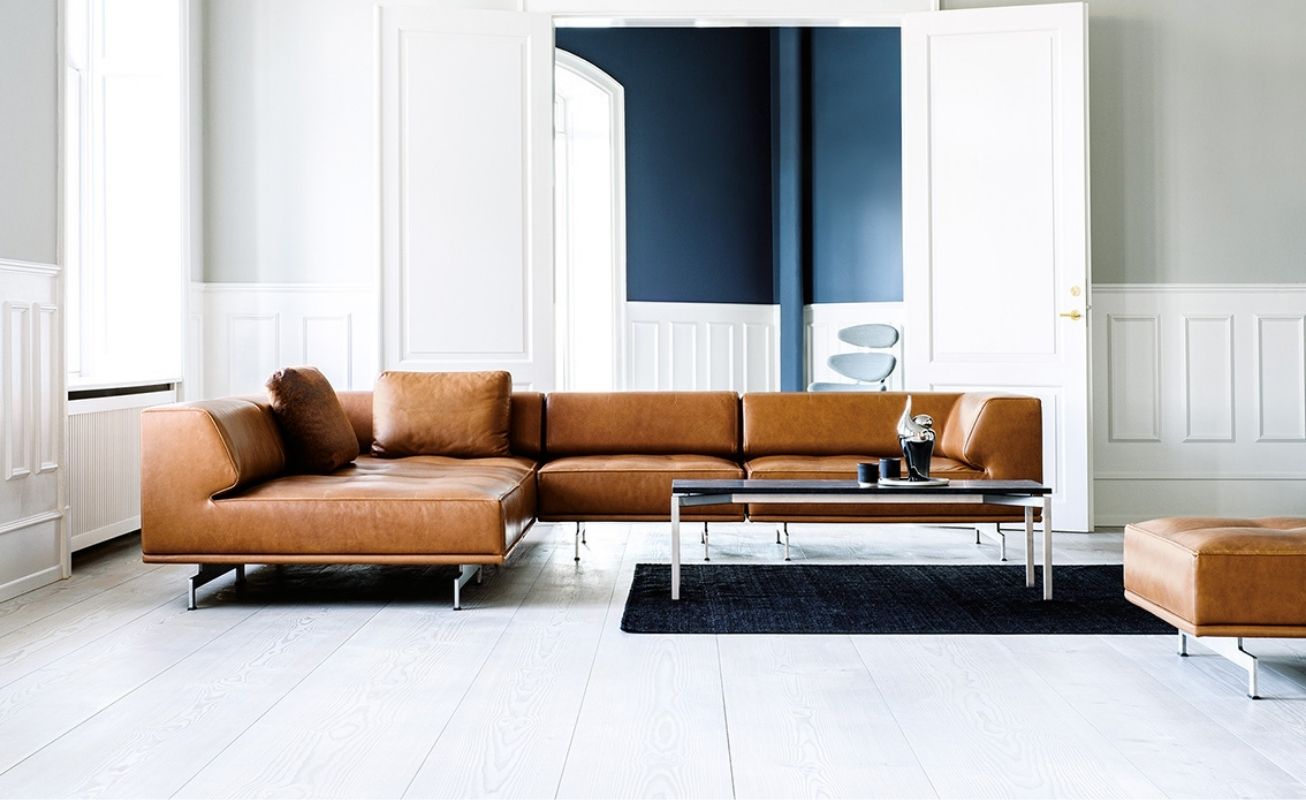
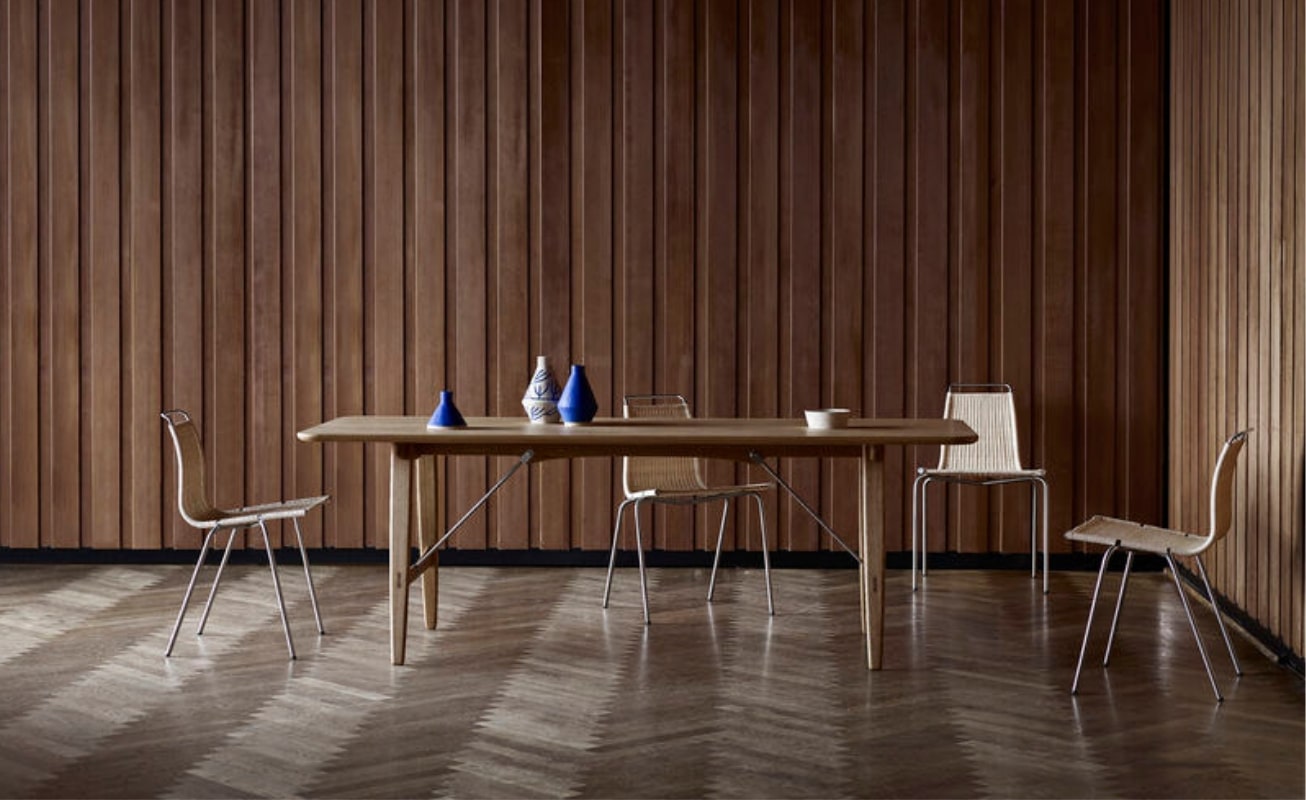
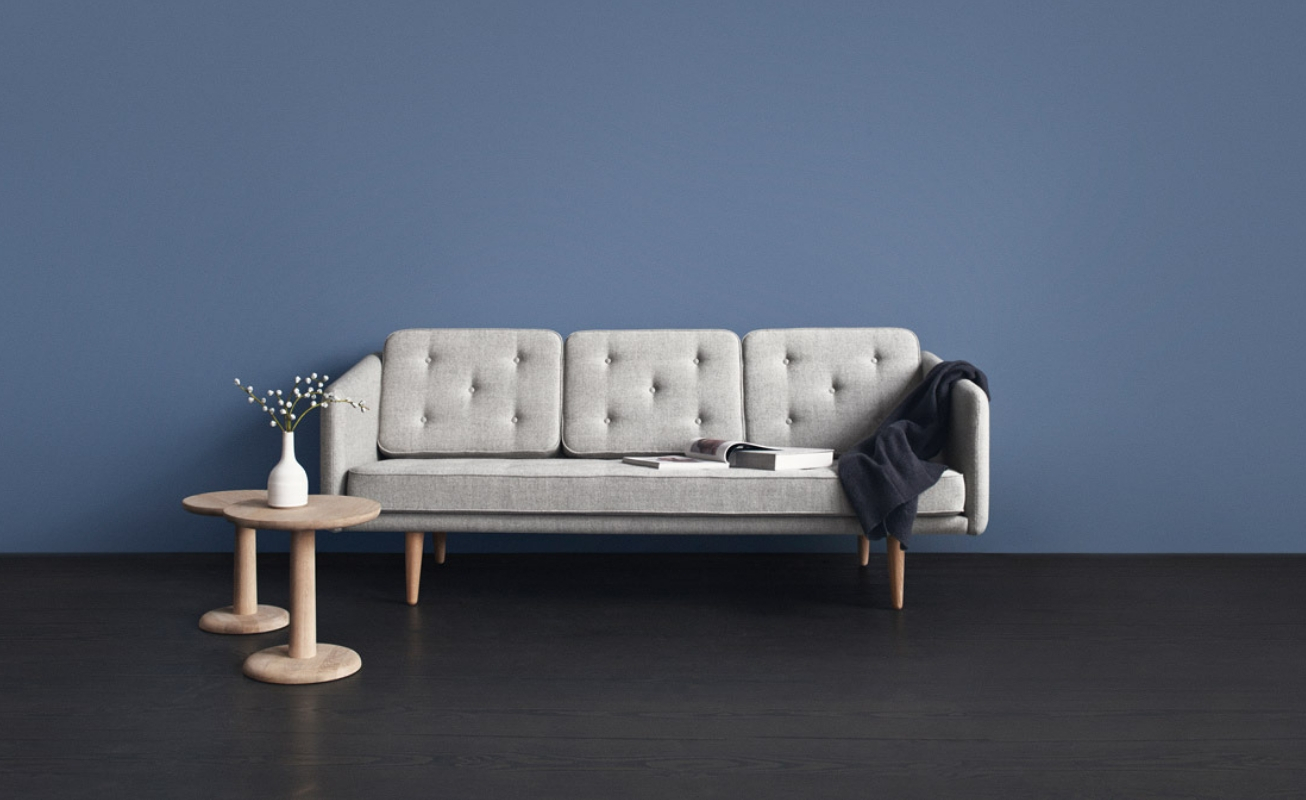

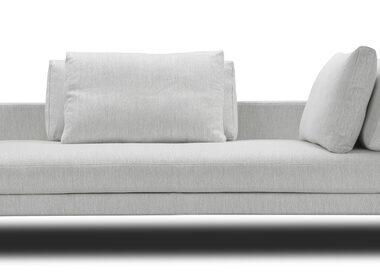
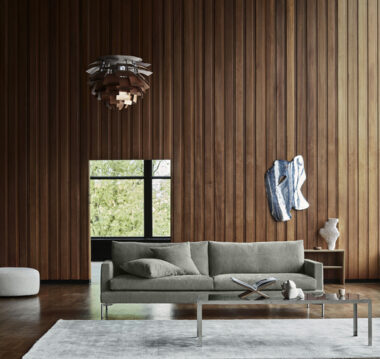

 Danish Design | Authentic Designer Furniture
Danish Design | Authentic Designer Furniture